عندما يتعلق الأمر بالقطع الدقيقة والنظيفة في التصنيع، أدوات كربيد التنغستن غالبًا ما يكون الخيار المفضل.
إنها أكثر صلابة من الفولاذ عالي السرعة، وأكثر مقاومة للحرارة، وتوفر أداءً أفضل في التطبيقات عالية السرعة. لكن مجرد امتلاك أداة كربيد لا يكفي، بل يجب استخدامها بالطريقة الصحيحة أيضًا.
في هذا الدليل، سنرشدك خلال أفضل الممارسات والنصائح الذكية لتحقيق أقصى استفادة من أدوات القطع المصنوعة من كربيد التنغستن.
سواء كنت تدير متجرًا لآلات CNC أو تتعامل مع مهام القطع اليدوية، فإن هذه النصائح ستساعدك على إطالة عمر الأداة وتقليل الأخطاء وتحقيق نتائج أفضل.
1. لماذا يُعد كربيد التنغستن مثاليًا للقطع الدقيق
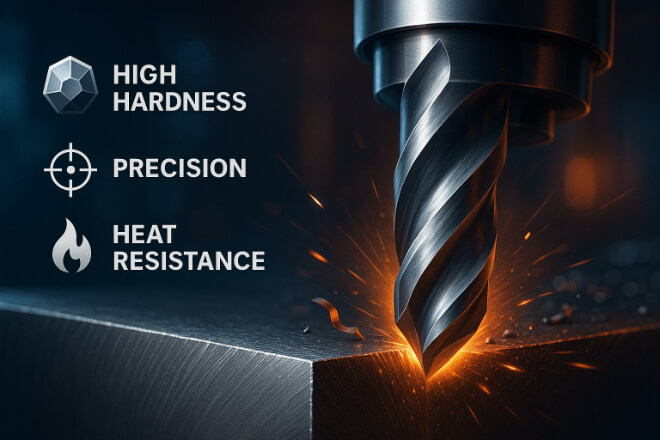
يُعرف كربيد التنغستن بصلابته الاستثنائية - تقريبًا مثل صلابة الماس.
هذا يعني أنه يحافظ على حافته الحادة لفترة أطول بكثير من المواد الأخرى. كما أنه يتحمل سرعات القطع العالية والحرارة العالية دون أن يفقد شكله أو حدته.
لهذا السبب، تعتبر أدوات الكربيد مثالية لـ:
التشغيل بالتحمل الضيق
عمليات CNC عالية السرعة
قطع المواد الصلبة أو الكاشطة
إنتاج تشطيبات سطحية نظيفة
إذا كان هدفك هو الحصول على دقة ثابتة وعمر أطول للأداة، فمن الصعب التغلب على كربيد التنغستن.
2. اختر الأداة المناسبة للوظيفة
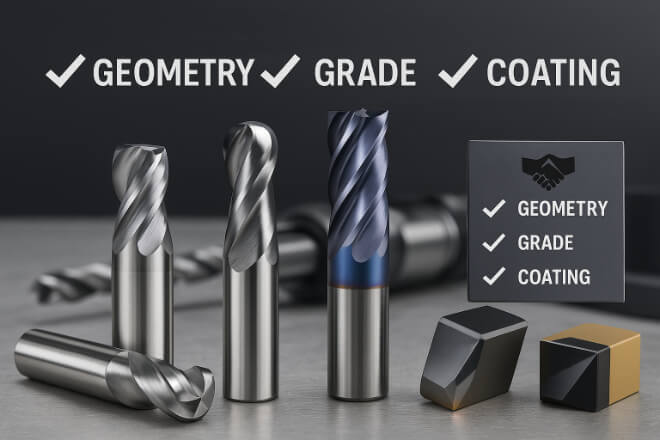
تبدأ الدقة باختيار الأداة. ليست جميع أدوات الكربيد متساوية. عليك مراعاة ما يلي:
هندسة الأداة - اختر الشكل ونوع الحافة المناسبين لمادتك وعمليتك.
الطلاء - تُقلل الأدوات المطلية من التآكل والحرارة والاحتكاك. تُحسّن الطلاءات الشائعة مثل TiAlN أو DLC الأداء.
الدرجة - تختلف أحجام حبيبات الكربيد ومحتوى المادة الرابطة. الحبيبات الدقيقة أفضل للدقة.
3. ضبط السرعات والتغذية المناسبة
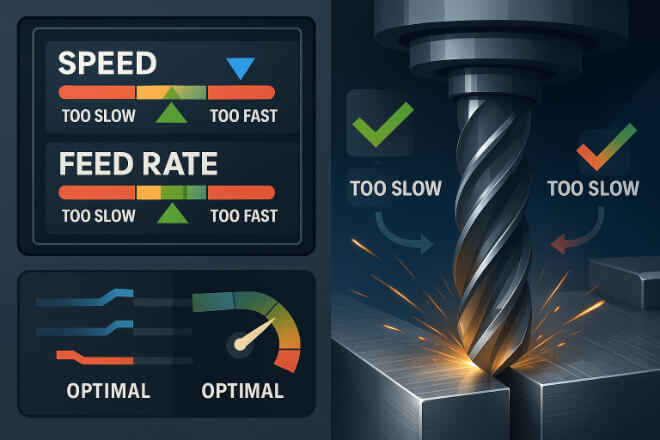
استخدام سرعة أو معدل تغذية خاطئ قد يُتلف حتى أفضل أداة كربيد. للقطع الدقيق:
سريع جدًا = حرارة زائدة وتآكل مبكر للأداة
بطيء جدًا = احتكاك، تشطيب سطحي رديء
اتبع توصيات الشركة المصنعة وقم بالتعديل بناءً على:
مادة قطعة العمل
قطر الأداة
النهاية المرغوبة
نقطة بداية جيدة: عادةً ما توفر السرعات الأعلى والتغذية المنخفضة تشطيبات سطحية أفضل، خاصةً باستخدام أدوات الكربيد.
4. حافظ على أدواتك حادة
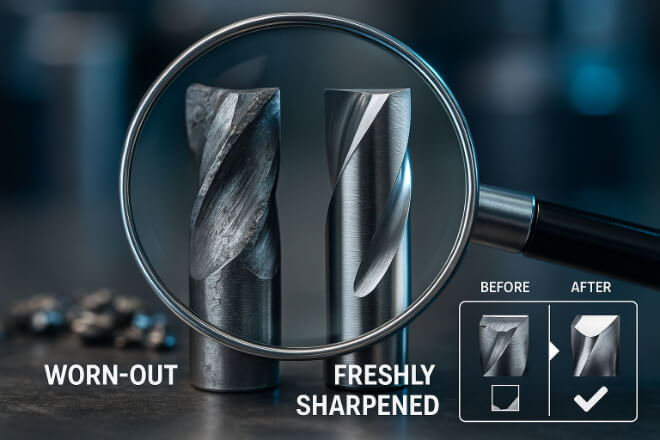
حتى أقوى أدوات الكربيد تصبح باهتة بمرور الوقت. استخدام أداة باهتة يؤدي إلى:
دقة ضعيفة
زيادة الاهتزاز
مزيد من الحرارة والتآكل
للحفاظ على الدقة:
فحص الأدوات بانتظام بحثًا عن التآكل أو التشقق
استخدم خدمات إعادة الطحن لاستعادة حدة الحافة
قم بتخزين الأدوات في صناديق واقية لتجنب التلف
إن الأداة الحادة لا تقوم بالقطع بشكل أفضل فحسب، بل إنها تحمي جهازك أيضًا وتقلل من النفايات.
5. استخدم حاملات الأدوات والتثبيتات المناسبة
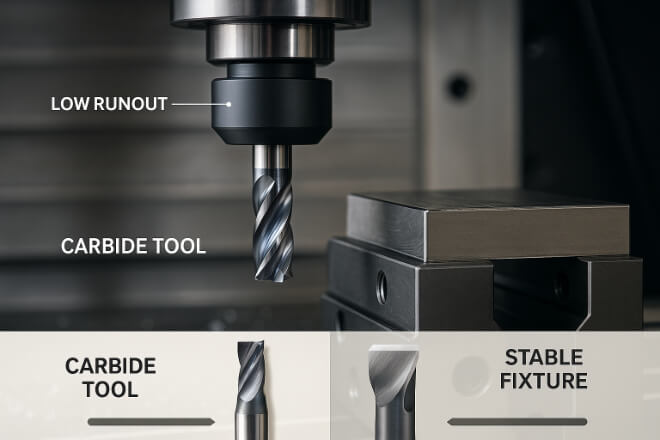
لا تتعلق عملية التصنيع الدقيقة بالأداة فحسب، بل تتعلق أيضًا بكيفية حملها.
يؤدي ضعف تثبيت الأداة إلى:
اهتزاز الأداة (اهتزاز الأداة)
الثرثرة
تخفيضات غير متسقة
أفضل الممارسات:
استخدم حاملات أدوات عالية الجودة مع الحد الأدنى من الانحراف
وازن أدواتك إذا كنت تعمل بسرعات عالية في الدقيقة
تأكد من تثبيت قطع العمل بإحكام دون أي حركة
التثبيت الجيد يساوي نتائج جيدة.
6. تقليل الاهتزاز والثرثرة
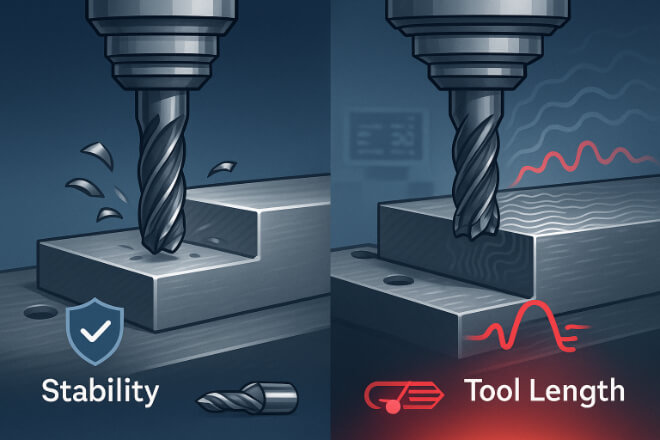
الاهتزاز (أو الاهتزاز) هو عدو القطع النظيف. فهو يؤثر على تشطيب السطح، وعمر الأداة، ودقتها.
للتقليل من الثرثرة:
استخدم أجزاء أداة أقصر
تحسين معلمات القطع (زيادة السرعة أو تقليل العمق قليلاً)
تأكد من أن آلتك والمغزل في حالة جيدة
إذا استمر الاهتزاز، قم بالتبديل إلى أداة ذات تصميم مختلف للناي أو زاوية قطع مختلفة.
7. استخدم سائل التبريد بحكمة
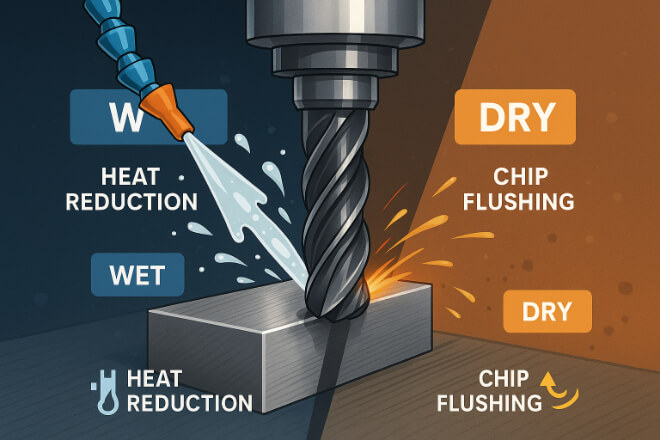
يساعد سائل التبريد على تقليل الحرارة وطرد الرقائق، ولكن استخدام كمية زائدة منه أو استخدام النوع الخاطئ منه قد يسبب مشاكل.
نصائح:
استخدم سائل التبريد الضبابي أو السائل المغلي للمواد المعدنية
يمكن أن تعمل المعالجة الجافة بشكل جيد مع أدوات الكربيد المطلية (خاصة على الألومنيوم)
حافظ على توجيه فوهات سائل التبريد مباشرة نحو حافة القطع
تعني الحرارة الأقل عمرًا أطول للأداة وتشطيبات أفضل للأجزاء.
8. راقب أنماط التآكل

قراءة نمط تآكل أداتك تساعدك على اكتشاف المشاكل مبكرًا. تشمل أنواع التآكل الشائعة ما يلي:
تآكل الحفرة - بسبب السرعة المفرطة أو ضعف تدفق الرقائق
تشقق الحواف - بسبب الاهتزاز أو التثبيت السيئ
الحافة المبنية - من مواد ناعمة ولزجة مثل الألومنيوم
إذا لاحظت علامات مبكرة للتآكل، فقم بتعديل معلمات القطع أو اختيار الأداة قبل أن تسوء الأمور.
9. لا تتجاهل تشطيب السطح
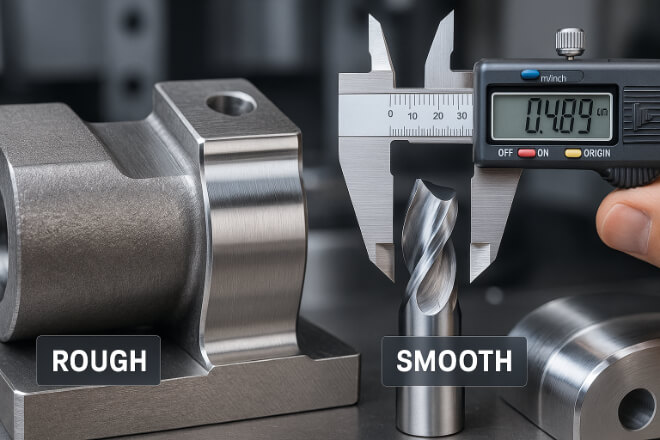
الدقة لا تتعلق فقط بالقياسات، بل تتعلق أيضًا بمظهر الجزء النهائي وملمسه.
للحصول على نهاية أفضل:
استخدم تمريرة التشطيب بسرعات أعلى وتغذية أقل
استخدم أدوات ذات أخاديد مصقولة للألمنيوم أو البلاستيك
حافظ على نظافة جهازك لتجنب إعادة قطع الرقائق
إن التشطيبات النظيفة تعني معالجة أقل وعملاء أكثر سعادة.
10. إعادة الطحن بدلاً من الاستبدال
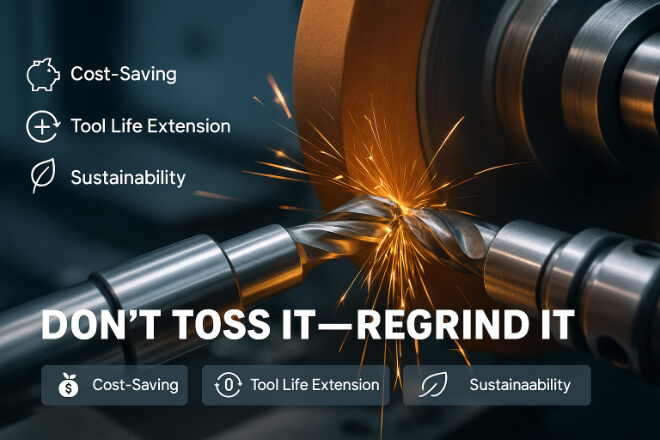
أدوات كربيد التنغستن ليست رخيصة، لكنها قابلة لإعادة الاستخدام. يمكن إعادة طحن العديد من الأدوات عدة مرات.
بدلاً من استبدال الأدوات البالية:
أرسلهم إلى خدمة إعادة الطحن
أعد طلاء الأداة إذا لزم الأمر
يؤدي هذا إلى توفير المال وتقليل الهدر دون التضحية بالأداء.
الأفكار النهائية
إن التصنيع الدقيق لا يقتصر على الآلات أو البرامج باهظة الثمن فحسب، بل يبدأ أيضًا بأداة القطع.
توفر لك أدوات كربيد التنغستن الميزة (حرفيًا) لتحقيق التسامحات الضيقة واللمسات النهائية النظيفة والأداء المتسق.
لكنها تعمل بشكل أفضل عندما تستخدم بشكل صحيح.
من خلال اختيار الأداة المناسبة، وتعيين المعلمات الصحيحة، وصيانة معداتك، فلن تعمل على تحسين الجودة فحسب، بل ستوفر الوقت والمال أيضًا.
إذا كنت تريد معرفة المزيد من التفاصيل حول أي شركة، فلا تتردد في اتصل بنا.
